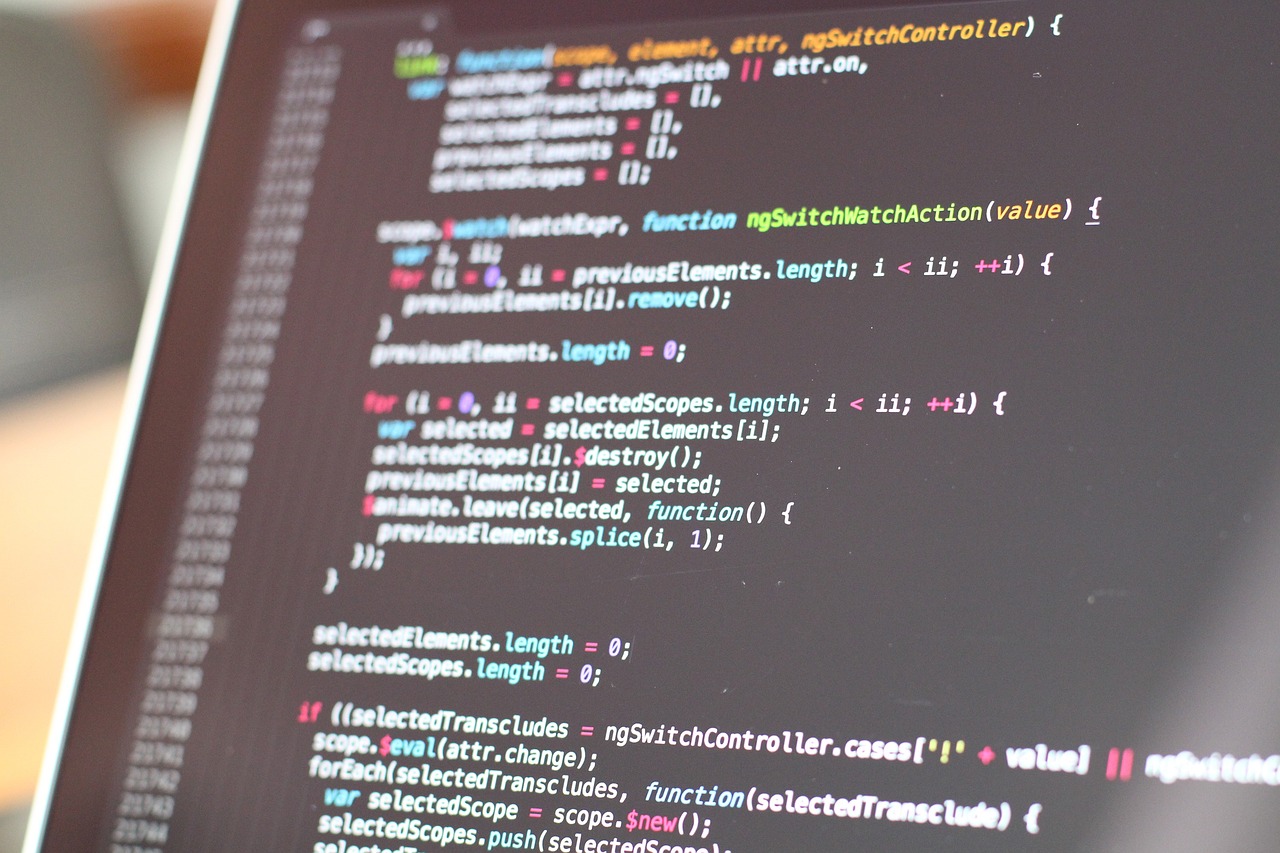Python Web Development: A Comprehensive Guide
Python web development is an exciting and rewarding field. With its simplicity and versatility, Python has become a leading choice for creating dynamic web applications. In this article, we will delve into the essentials of Python web development and guide you on how to kickstart your journey.
What is Python Web Development?
Python web development refers to the process of building applications and websites using the Python programming language. By leveraging various frameworks and tools, developers can create robust, scalable, and maintainable web applications.
Key Frameworks for Python Web Development
Several frameworks facilitate Python web development, making it easier for developers to establish the structure of their applications. Below are some of the most popular frameworks:
- Django: A high-level web framework that promotes rapid development and clean, pragmatic design.
- Flask: A lightweight web framework that gives developers the flexibility and ease of use to build web applications quickly.
- Pyramid: A versatile framework that allows developers to start small and expand their web applications as needed.
- FastAPI: A modern framework for building APIs with Python 3.6+ based on standard Python type hints.
Getting Started with Python Web Development
If you’re a beginner eager to learn Python web development, this essential guide will be a great starting point. Here are some key steps to kickstart your development journey:
- Set Up Your Environment: Install Python and choose an Integrated Development Environment (IDE) like PyCharm or Visual Studio Code.
- Learn the Basics: Familiarize yourself with the core concepts of Python programming through various online resources or books.
- Understand Web Frameworks: Dive into web frameworks like Django or Flask, as they will form the backbone of your web applications.
- Build Projects: Start small with personal projects to consolidate what you’ve learned. For instance, create a basic blog or a to-do list app.
Tutorial: Building a Simple Flask Application
Here’s a brief tutorial to build a simple web application using Flask:
from flask import Flask
app = Flask(__name__)
@app.route('/')
def home():
return "Hello, Flask!"
if __name__ == '__main__':
app.run(debug=True)
This script creates a basic web server that displays “Hello, Flask!” when you access the homepage. You can run this script by saving it as app.py and executing it in your terminal.
Resources to Boost Your Skills in Python Web Development
To enhance your knowledge, consider exploring these resources:
Conclusion
Python web development offers endless possibilities for creating innovative and powerful web applications. By learning the foundational aspects and utilizing the right frameworks, you can build projects that fulfill various needs. Don’t hesitate to explore the numerous resources available, such as this guide, to further your knowledge and skills in Python web development.
Python Web Development Projects and Applications
Key Projects
- Personal Blog Platform: Create a blog application using Django where users can create, edit, and delete posts. This helps in understanding CRUD operations and the Model-View-Template (MVT) architecture.
- Task Management Tool: Build a simple to-do list application using Flask. This project focuses on form handling and templating, providing a practical grasp of these concepts.
- API Development with FastAPI: Develop a RESTful API for managing user data. This will teach you asynchronous programming and API design principles.
- Social Media Dashboard: Create a web application that aggregates user data from various social media APIs. This project will enhance your skills in working with external APIs and data manipulation.
Python Code Examples
Example: Simple Flask Application
from flask import Flask, render_template, request, redirect
app = Flask(__name__)
tasks = []
@app.route('/')
def home():
return render_template('index.html', tasks=tasks)
@app.route('/add', methods=['POST'])
def add_task():
task = request.form.get('task')
tasks.append(task)
return redirect('/')
if __name__ == '__main__':
app.run(debug=True)
Example: Django Blog Model
from django.db import models
class Post(models.Model):
title = models.CharField(max_length=200)
content = models.TextField()
created_at = models.DateTimeField(auto_now_add=True)
def __str__(self):
return self.title
Real-World Applications
Python web development is increasingly prevalent in various sectors. Here are some notable real-world applications:
- E-commerce Platforms: Many online stores leverage Python frameworks to manage complex inventories and user interactions.
- Data Analysis Dashboards: Companies utilize Python web apps to display analytics and performance metrics, making data accessible and actionable.
- Content Management Systems: Python-based CMSs allow organizations to create and manage digital content efficiently.
- Social Networking Sites: Platforms built on Python frameworks facilitate user interactions, communication, and content sharing.
Next Steps
Now that you have a foundational understanding of Python web development, it’s time to take your skills to the next level. Start by setting up your development environment and experimenting with the frameworks discussed in the article, such as Django and Flask.
Consider diving deeper by following this essential guide, which outlines the steps required for beginners wanting to excel in Python web development. Building small projects, such as a personal portfolio site or a simple web app, can solidify your skills and provide valuable experience.
To enhance your learning, check out our comprehensive post on beginner tips for Python web development. This guide will offer you insights into best practices and additional resources to further your knowledge.
Finally, engage with the Python community for support and motivation. Join online forums or local coding meetups to network with other developers who share your passion for Python web development.
